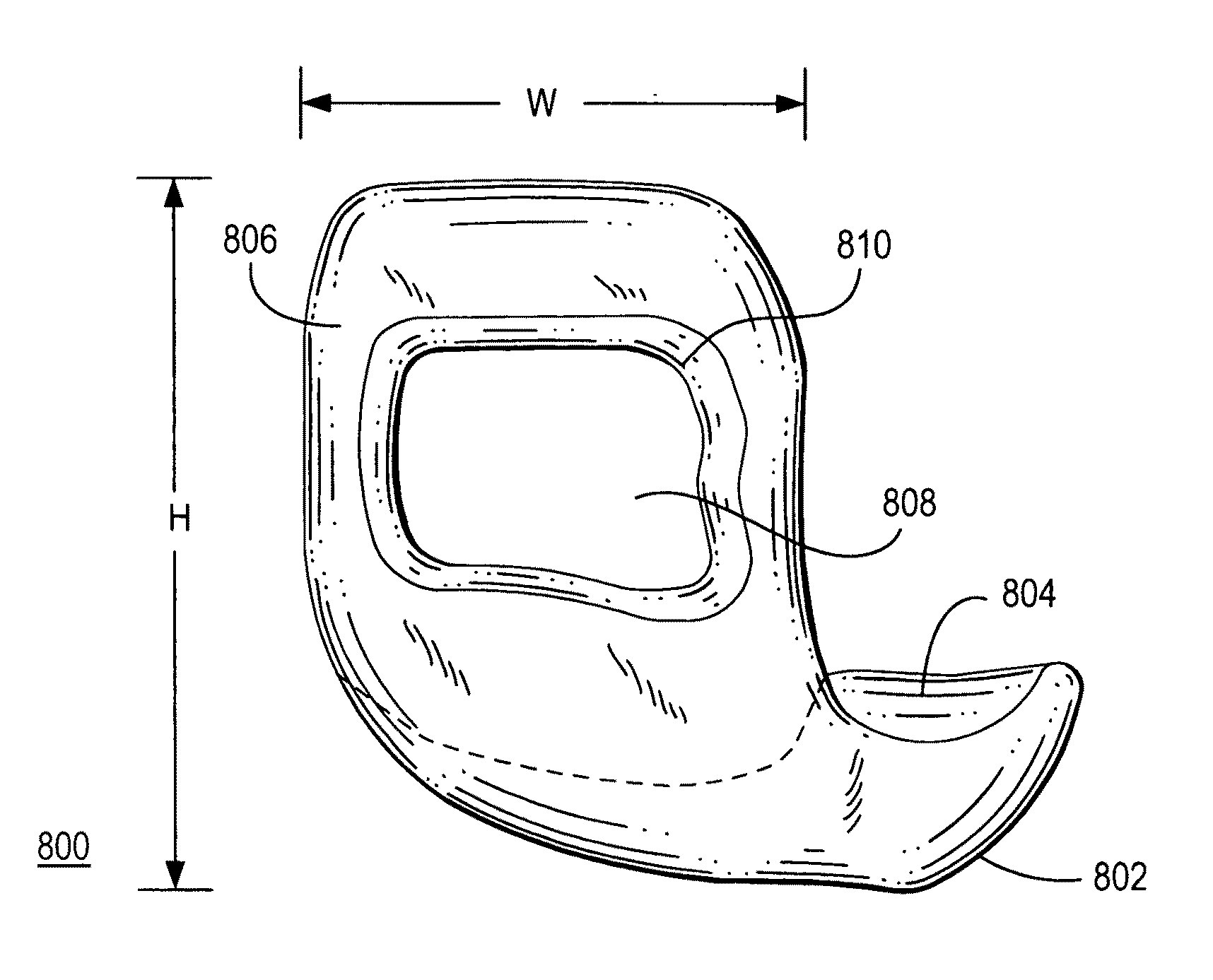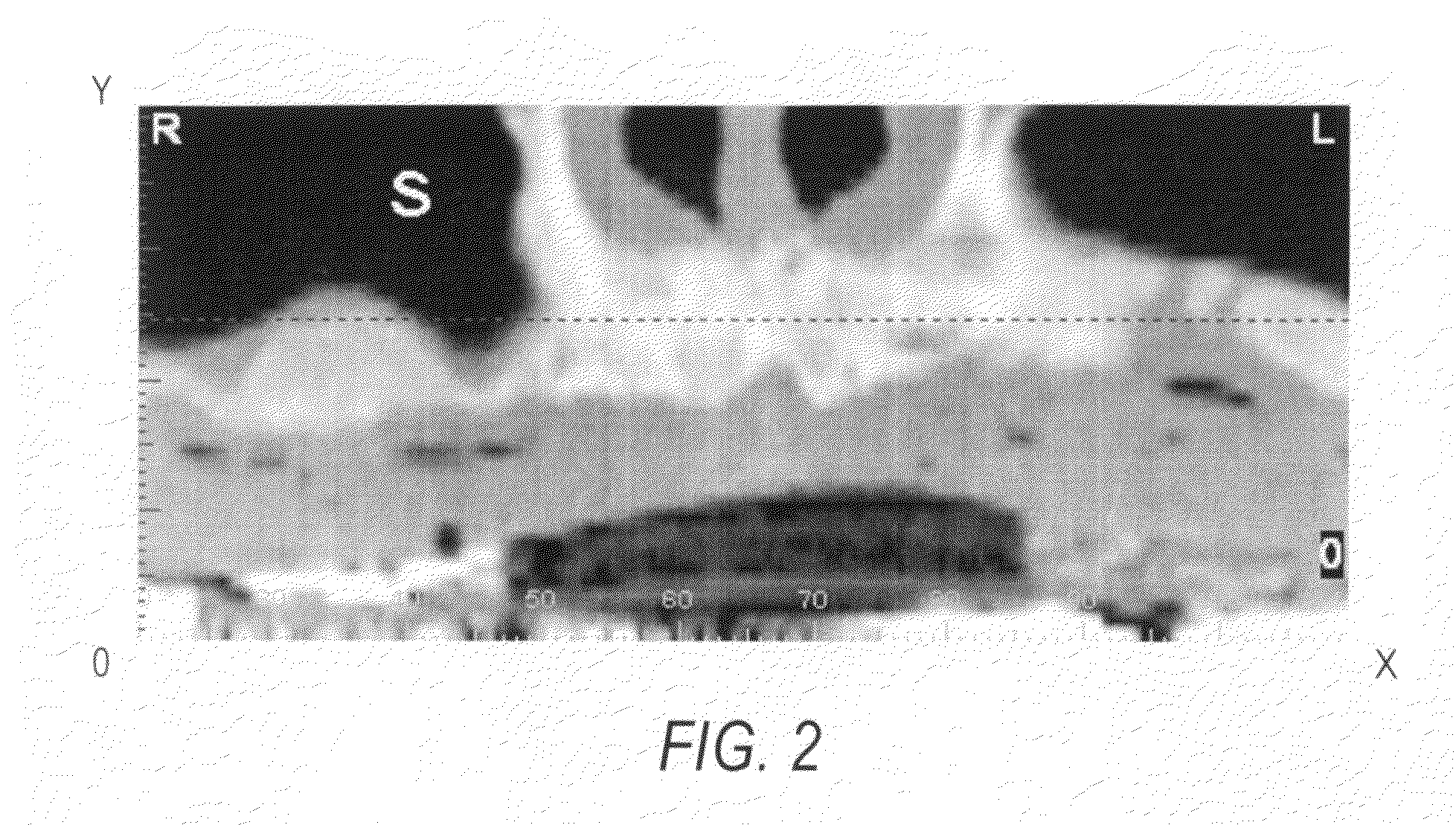Surgical Guide for use during sinus elevation surgery utilizing the caldwell-luc osteotomy
a surgical guide and caldwell-luc technology, applied in the field oforal implantology, can solve the problems of negating the purpose, inability of the operator to precisely locate the floor of the sinus, and no bony support around the implant portion, so as to prevent any damage of overcutting and accurately prepare the caldwell-luc osteotomy
- Summary
- Abstract
- Description
- Claims
- Application Information
AI Technical Summary
Benefits of technology
Problems solved by technology
Method used
Image
Examples
Embodiment Construction
[0031]In the oral cavity, when there is tooth loss, the maxillary sinus pneumatisizes, meaning that there is resorption in a three dimensional plane. The floor of the sinus drops towards the oral cavity, as well as resulting in expansion of the lateral walls. This leaves less maxillary bone for placement of an implant to replace the missing teeth. If the remaining maxillary bone is insufficient to support an implant in terms of height and width, then sinus elevation and bone grafting is required in order to regain the resorbed bone. The treatment planning for the sinus elevation involves the patient to receive a CT scan which provides different views of the sinus and maxillary bone (FIG. 1). This diagnostic information allows the surgeon to prepare a treatment plan which outlines the volume and borders of the area of the sinus to be grafted (FIGS. 2A and 3A).
[0032]Referring to FIG. 1, nine sagittal cross-sectional CT scan views along the Y-Z axes are illustratively shown for a patie...
PUM
 Login to View More
Login to View More Abstract
Description
Claims
Application Information
 Login to View More
Login to View More - R&D
- Intellectual Property
- Life Sciences
- Materials
- Tech Scout
- Unparalleled Data Quality
- Higher Quality Content
- 60% Fewer Hallucinations
Browse by: Latest US Patents, China's latest patents, Technical Efficacy Thesaurus, Application Domain, Technology Topic, Popular Technical Reports.
© 2025 PatSnap. All rights reserved.Legal|Privacy policy|Modern Slavery Act Transparency Statement|Sitemap|About US| Contact US: help@patsnap.com



